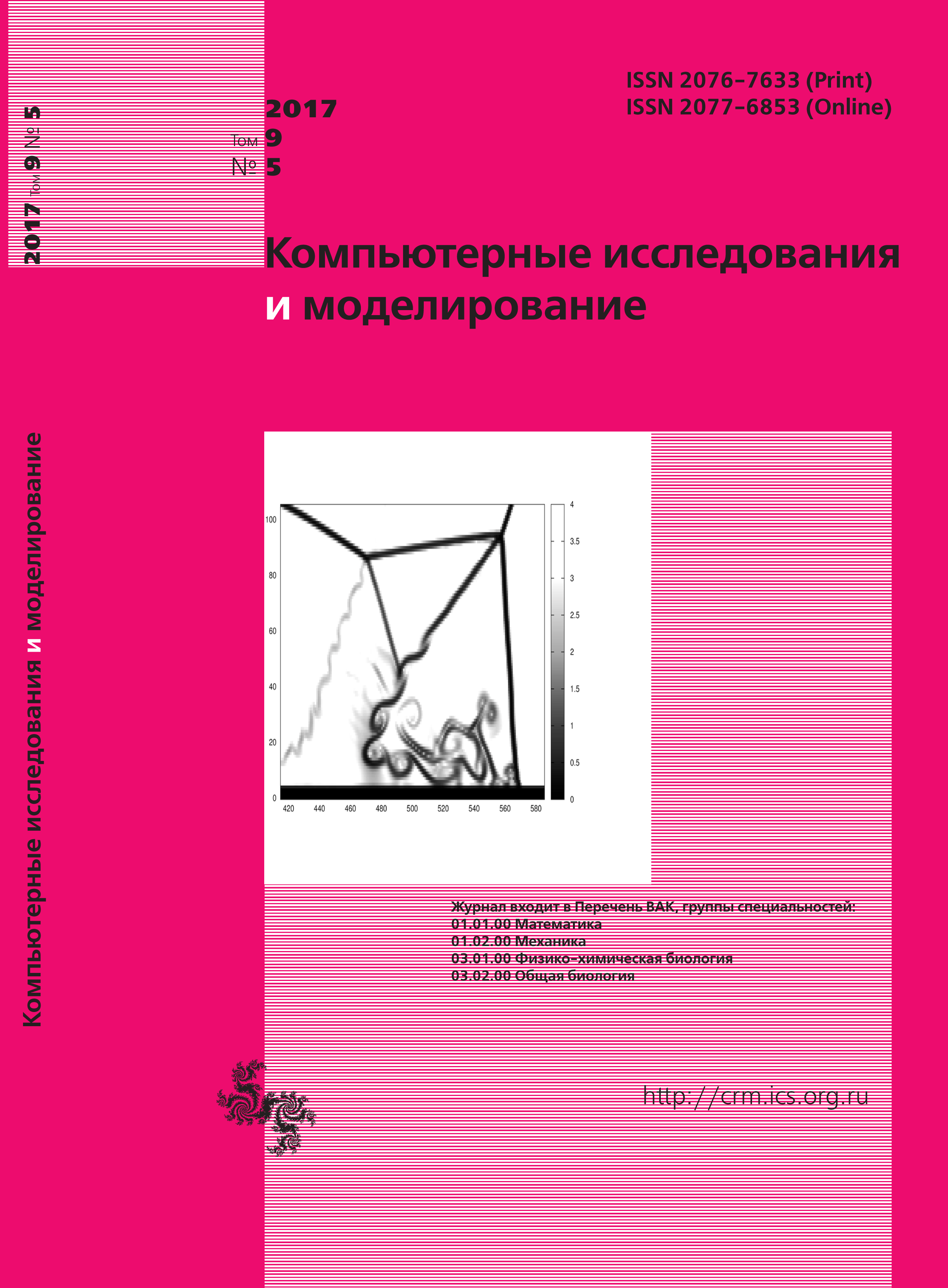All issues
- 2025 Vol. 17
- 2024 Vol. 16
- 2023 Vol. 15
- 2022 Vol. 14
- 2021 Vol. 13
- 2020 Vol. 12
- 2019 Vol. 11
- 2018 Vol. 10
- 2017 Vol. 9
- 2016 Vol. 8
- 2015 Vol. 7
- 2014 Vol. 6
- 2013 Vol. 5
- 2012 Vol. 4
- 2011 Vol. 3
- 2010 Vol. 2
- 2009 Vol. 1
Spatiotemporal dynamics and the principle of competitive exclusion in community
Execution or violation of the principle of competitive exclusion in communities is the subject of many studies. The principle of competitive exclusion means that coexistence of species in community is impossible if the number of species exceeds the number of controlling mutually independent factors. At that time there are many examples displaying the violations of this principle in the natural systems. The explanations for this paradox vary from inexact identification of the set of factors to various types of spatial and temporal heterogeneities. One of the factors breaking the principle of competitive exclusion is intraspecific competition. This study holds the model of community with two species and one influencing factor with density-dependent mortality and spatial heterogeneity. For such models possibility of the existence of stable equilibrium is proved in case of spatial homogeneity and negative effect of the species on the factor. Our purpose is analysis of possible variants of dynamics of the system with spatial heterogeneity under the various directions of the species effect on the influencing factor. Numerical analysis showed that there is stable coexistence of the species agreed with homogenous spatial distributions of the species if the species effects on the influencing factor are negative. Density-dependent mortality and spatial heterogeneity lead to violation of the principle of competitive exclusion when equilibriums are Turing unstable. In this case stable spatial heterogeneous patterns can arise. It is shown that Turing instability is possible if at least one of the species effects is positive. Model nonlinearity and spatial heterogeneity cause violation of the principle of competitive exclusion in terms of both stable spatial homogenous states and quasistable spatial heterogeneous patterns.
Copyright © 2017 Giricheva E.E., Abakumov A.I.
Views (last year): 11.Indexed in Scopus
Full-text version of the journal is also available on the web site of the scientific electronic library eLIBRARY.RU
The journal is included in the Russian Science Citation Index
The journal is included in the RSCI
International Interdisciplinary Conference "Mathematics. Computing. Education"







